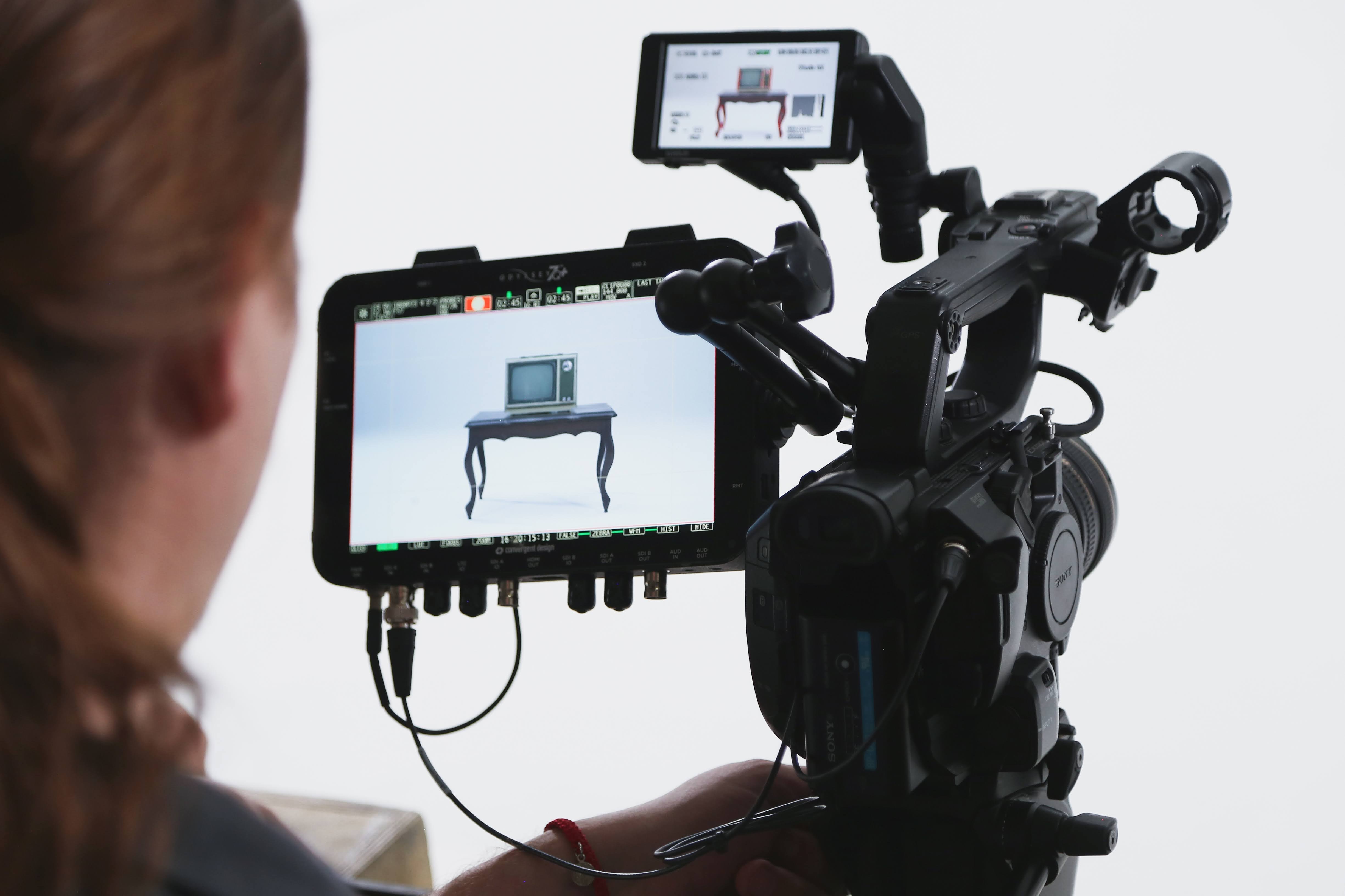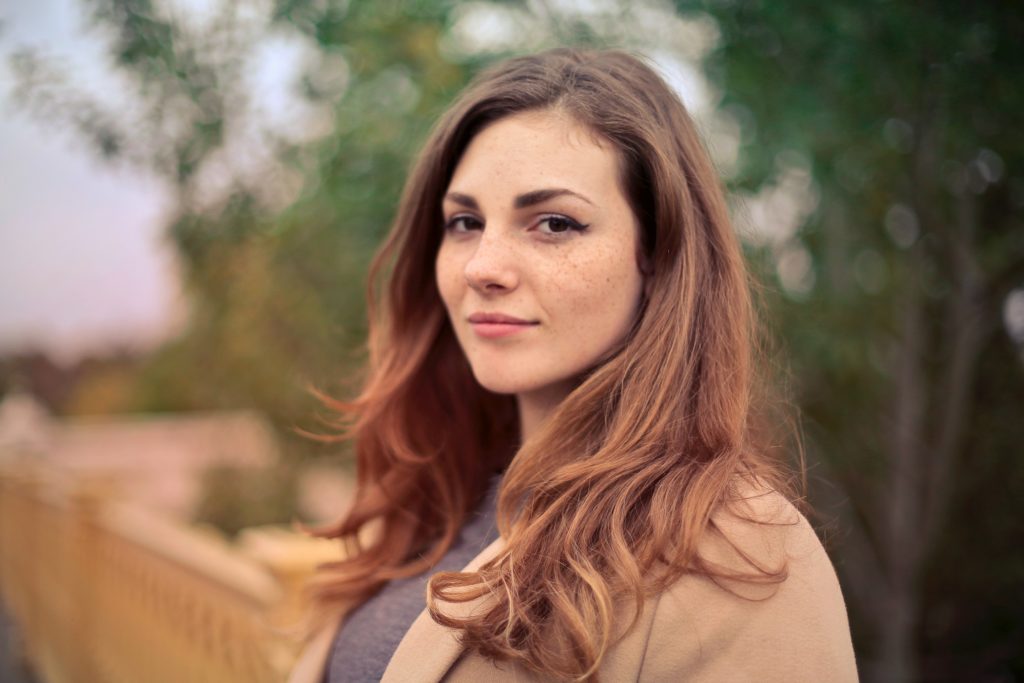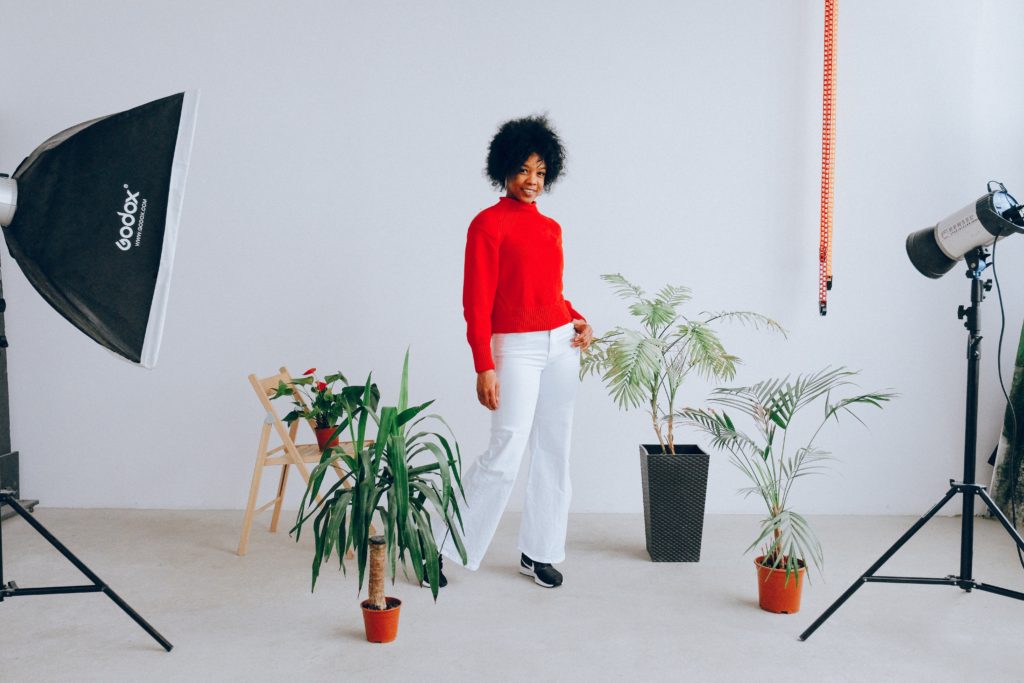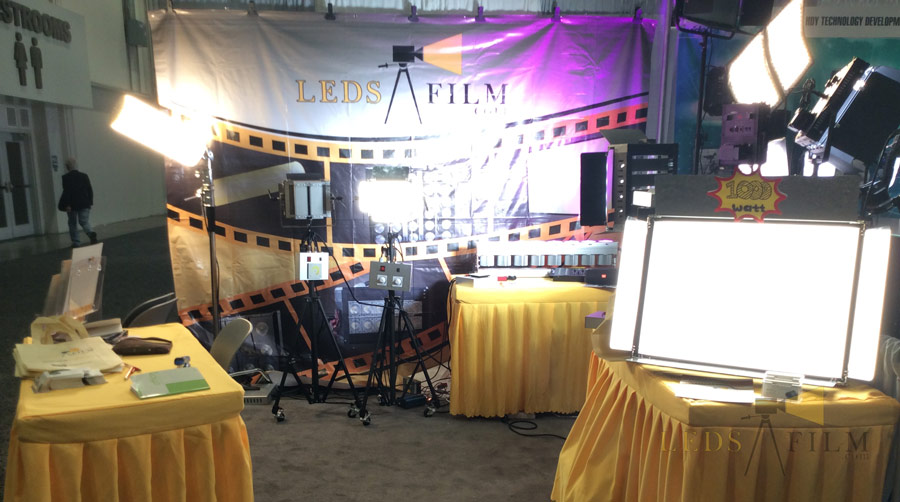In the production of film and television, especially in the early stage of shooting, we need to be very familiar with the performance skills of the lens. We must be familiar with what kind of lens technique expresses what theme content.
Table of Contents
Push and Pull Techniques of the Lens
The push-pull technique of the lens is a set of technically opposite techniques. In nonlinear editing, one can often be used to realize the other technique. Pushing the lens is equivalent to walking in and watching the object directly along the straight line of the object, while pulling the lens means the camera keeps moving away from the shooting object.
Of course, both of these techniques can be achieved through zoom lenses. The focus of the role of the push lens in shooting is to highlight the important Russian figures or objects that appear in the subsequent movies. This is the most common role of the push lens. It can make the viewer’s line of sight gradually approach the subject, and gradually lead the viewer’s observation from the whole to the part.
In the process of pushing the floor, the content contained in the picture gradually decreases, that is to say, the movement of the lens discards the superfluous things in the picture, highlights the key points, and draws the audience’s attention to a certain part.

This effect can also be achieved with a zoom lens, which is to gradually push from a short focal length to a long focal length, so that the audience can see the subtle part of the object, which can highlight the key to the content. Pushing the lens can also show a huge space.
Pulling the lens is the opposite of pushing the lens. This is when the camera keeps moving away from the subject, or it can be shot with a zoom lens (gradually adjusted from a long focal length to a short focal length). The role is in two aspects, 1. It is to express the position of the main character or scene in the environment. The camera moves backward to gradually expand the field of view, which can reflect the relationship between the part and the whole in the same lens. 2. It is also for the connection between shots. For example, the first one is a close-up shot in one scene, and the second one is a shot in another scene, so that the two shots are more natural to be connected by this method.
The push-pull effect of the lens is different from the push-pull effect of the zoom. For example, in the technique of pushing the lens, the method of using a zoom lens is equivalent to magnifying a part of the original subject. The effect on the screen is that the relative position of the scene remains unchanged, the scene does not change, but the original picture is enlarged.
When the subject of the shooting scene does not change and it is required to approach the subject at any speed without shaking continuously, it is more suitable to use a zoom lens to achieve this lens effect. And moving the lens to push the lens is equivalent to approaching the subject to observe. The effect in the screen is what shown in the scene.

The object moves backward, and the scene size changes. This is very effective when shooting narrow corridors or indoor scenes. There is a clear difference between moving the camera and using a zoom lens to achieve the lens push-pull effect. Therefore, we need a clear awareness in the shooting concept, and we cannot simply replace the two with each other.
Techniques for Panning the Camera
This lens technique is a shooting technique created by the French photographer Dixon in 1896, and it is also based on people’s visual habits.
When using the pan technique, the position of the camera does not move, but the lens changes the shooting direction, which is very similar to the way we stand still and turn our heads to see things.
There are several types of panning, which can be panning left and right, up and down, tilting or mixing with panning. The function of panning allows the audience to show the scenes to be represented one by one. Slow panning techniques can also create a long time, space effect and give people a feeling of impression.
Panning shows the content with the beginning and the end in one go. Therefore, the purpose of the beginning and the end of the shot is required to be very clear. From a certain target to be shot, the end to a certain target is to be shot, and a series of processes between the two shots should also be It is the content to be expressed. Remote shooting with a long focal length lens away from the subject can also cause the effect of lateral movement or lifting.
The movement speed of the panning lens must be uniform. The start should stop for a moment, then gradually accelerate, be uniform, decelerate, and then stagnate.

Camera Shift Technique
This kind of lens technique was inspired by French photographer Plomeo on his yacht in Venice in 1896. He envisioned using a “moving movie camera to shoot and make immovable objects move”, so he pioneered it in the movie “Transverse lens” refers to the lens that puts the camera on the moving car and shoots to one side of the track.
The purpose of this kind of lens is to show the spatial relationship between people and things, between people and things in the scene, or to show some things in a coherent way. There are similarities between panning and panning, both of which are to express the relationship between the subject and the companion in the scene, but the visual effects on the screen are completely different.
Panning means that the position of the camera does not move, and the shooting angle and the angle of the object being shot are changing, which is suitable for shooting distant objects. While shifting the lens is different, the shooting angle remains the same, the position of the camera itself moves, and the angle with the object being shot does not change. It is suitable for shooting objects and subjects that are closer.
Mobile shooting is mostly dynamic composition. When the photographed object presents a static effect, the camera moves, causing the scene to be swiped through the screen in turn, resulting in a visual effect of patrol or display. When the subject is dynamic, the camera moves along with it, forming a visual effect of following. You can also create specific moods and atmospheres.

In addition to moving the camera on the track, you can also use other moving tools, such as airplanes in high-altitude photography, trains and cars in the wilderness. Its movement can be roughly divided into lateral movement and depth movement according to the direction of movement. When the camera is not moving, you can also get the effect of shifting the lens by changing the focal length or moving the subject in the background.
Follow the Camera Skills
Refers to the camera following the movement of the object to be photographed, in the form of push, pull, pan, lift, and rotate. The follow shot keeps the subject in motion unchanged in the frame, while the front and back scenes may be constantly changing. This shooting technique can not only highlight the subject in motion, but also explain the movement direction, speed, posture, and relationship of the object to the environment, so that the movement of the object can be kept coherent, which is conducive to showing the spirit of the character in the dynamic.
Lifting Lens
This lens technique refers to the image taken by the camera moving up and down. It is a method of expressing the scene from multiple viewpoints. The technique of change includes vertical direction, oblique lifting and irregular lifting.
Constantly changing the height and tilt angle of the camera during the shooting process will give the audience a rich visual experience. If used cleverly, it can enhance the illusion of spatial depth and produce a sense of height. If the lifting camera moves properly in terms of speed and rhythm, it can creatively express the sentiment of a plot. It is often used to show the development law of events or the subjective emotions of subjects moving up and down in the scene.
If it can be used in combination with other techniques of lens performance in actual shooting, it can show a variety of visual effects.

Lens Flip Technique
This technique requires a high level of cameraman’s requirements. It means that without stopping the camera after the end of a picture, the lens rapidly “spins” to the other direction, thereby changing the picture of the lens to another content, and in the middle of the shaking process The captured content becomes blurred and unclear.
This is also very similar to people’s visual habits, which is very similar to when we are observing things suddenly turning our heads to another thing, which can emphasize the transformation of space and the parallel scenes that occur in different scenes at the same time.
Another method of flipping the lens is to specifically shoot a moving image lens that is thrown in the desired direction, and then edit it between the front and rear lenses. The effect of flipping the lens is an extremely fast rhythm, which can cause sudden transitions. When editing, the direction, speed and speed of the flip, and the length of the process should be adapted to the movement of the front and rear camera and its direction and speed.

Rotate the Lens
The subject or the background is a picture with a rotating effect. Commonly used shooting methods are as follows:
1. Rotate and shoot along the elevation angle of the optical axis of the lens,
2. The camera pans around 360 degrees quickly,
3. The subject and the shooting are almost on one axis for 360-degree rotation shooting,
4. The camera rotates the image or photo on the film or tape under the condition of not moving, inverted or turned to any angle of a 360-degree circle for shooting, and it can move clockwise or counterclockwise.
In addition, you can also use a rotating vehicle to shoot, and you can also get the effect of rotation. This kind of lens technique is often used to express the subjective gaze or dizziness of the character in the rotation, or to enhance the mood and enhance the atmosphere.
Techniques for Shaking the Camera
This kind of lens is not used much in actual shooting, but the use of this technique under the right circumstances can often produce strong shock and subjective emotions.

The camera shake technique refers to the camera body swinging up and down, left and right, back and forth during shooting, and is often used as a subjective lens. For example, in the performance of drunkenness, trance, dizziness, or causing the boat or car to shake and bump, etc., to create a specific artistic effect.
If we have watched Zhang Yimou’s film “Something to Say Well”, we must have a deep understanding of it. How much swing amplitude and frequency this technique requires in actual shooting depends on the specific situation. It is better to hold the camera or carry it on your shoulder when shooting.
The lens techniques we described above are not isolated in actual shooting, they are often ever-changing, and can be combined with each other to form a colorful and comprehensive sports lens effect.
But when we want to use lens performance skills, we need to determine it according to actual needs. When shooting, the lens movement should be kept at a constant speed, steady, stable and decisive. Don’t abuse lens skills aimlessly, pause for no reason, or shake up and down, left and right, which will not only affect the expression of the content, but also make the audience dazzled and confused. The direction and speed of the camera movement should also be considered as the consistency of the rhythm and speed of the front and rear cameras.
